Italian Family Firewood Business Boosts Profits with LT70 Sawmill

Approximately 50km northeast of Rome, Stefano Chini's grandfather started a family business in 1929 selling hand-split railroad ties. Stefano's father was raised in the woodworking industry, and through his hard work, he built a successful firewood company. Stefano began managing the business full-time in 2007. As the third-generation owner, he is already thinking about his own son’s future with the family business.
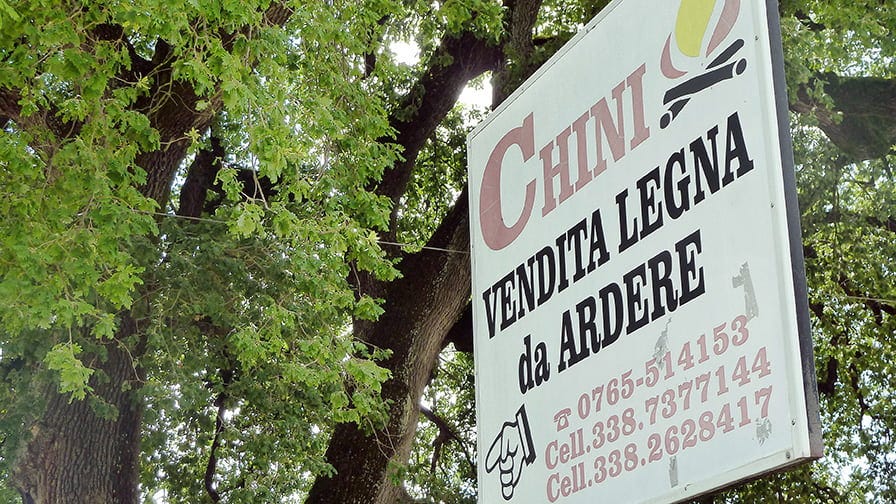

"I would like to build a solid business for my children's future," shares Stefano. In his opinion, relying on firewood as their sole source of income would not be wise. Firewood producers are directly affected by weather, log and firewood prices, government regulations, and changing heating methods, while also dealing with relatively low-profit margins. These factors caused Stefano to seek additional products that they could provide for their local market, using the same logs they bought for firewood.
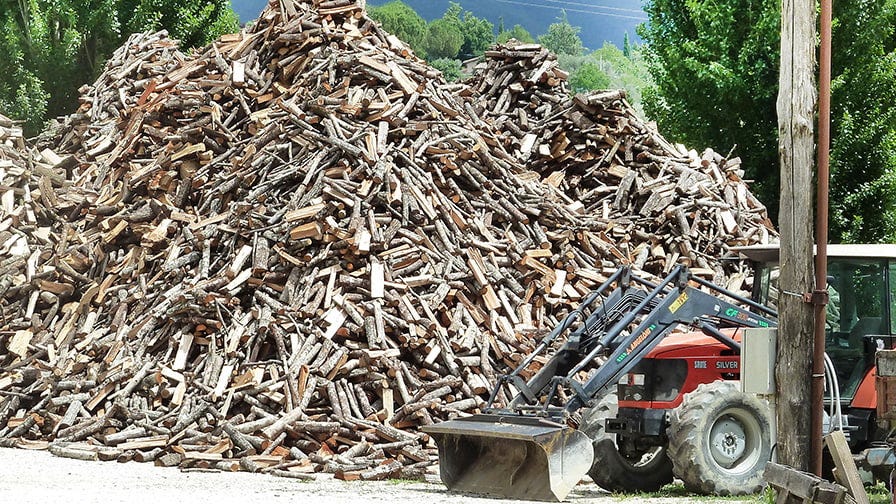

Stefano saw an advertisement for band sawmills in the magazine 'Tecniko & Pratiko.' Traditional sawmills are not suited for the needs of small and medium-sized businesses. But the advertised sawmills use narrow bandsaw blades and are designed specifically for more affordable timber production.
Intrigued, Stefano went to watch a Wood-Mizer sawmill in use at an Italian timber trade show. The demonstration convinced him that this was the machine he needed to support his goal of diversifying his product range. He ordered a Wood-Mizer LT20 sawmill - intended for small business owners. Although more productive, powerful models were available, Stefano went with a smaller machine. He wanted to expand his business in a way that made sense for his business without unnecessarily extending his resources.
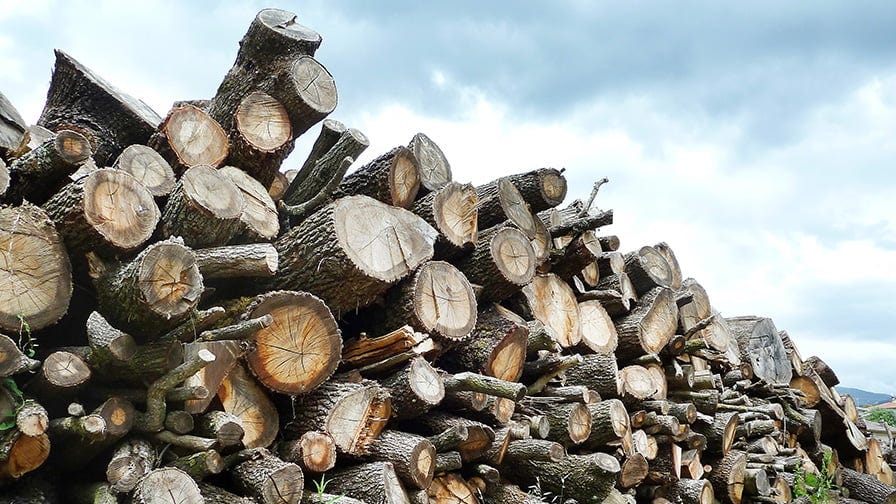

"If it's not straight, it's firewood!" Stefano laughs. With the LT20 sawmill, Stefano could reserve the higher-quality logs in his inventory for cutting into custom-sized timbers for builders. Now when he buys logs, he is able to pick logs specifically for the sawmill, while the lower-quality logs are processed as firewood.
"It's probably one of the best investments we have made," he shares. His idea was a success from every angle. He now sells custom-cut beams to local builders, builds and sells furniture, and sells fence posts and boards. During the months when the firewood business is slow, he is able to stay busy cutting timber and building furniture for individual buyers and restaurants. Before, firewood was the only product he could offer from his logs, but the sawmill allows him to make much more money from the same logs by processing them into more valuable products.
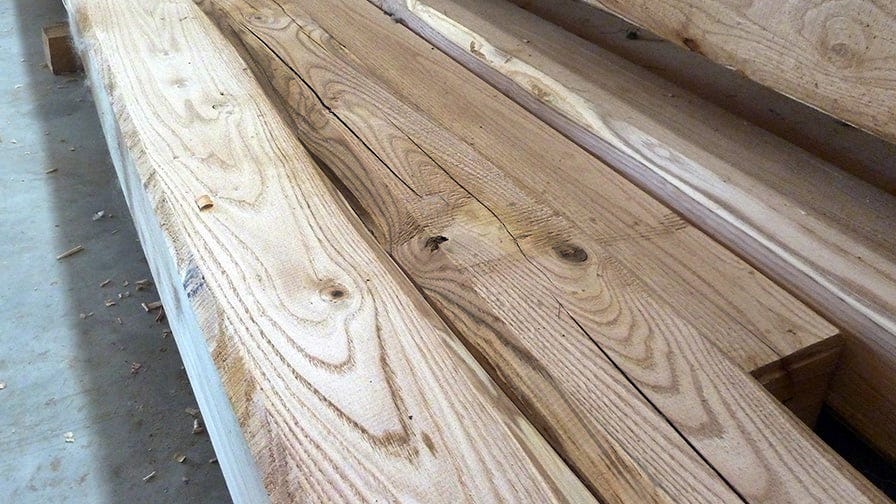

Instead of removing imperfections in the wood, Stefano leaves them intact resulting in more rustic and natural looking timber that local builders enjoy using for renovations and new buildings. He often meets with architects and clients to discuss projects where they can look at samples and share their particular vision. He can supply freshly cut timber, or timber that has been dried, sanded, stained, and is ready for installation. Chestnut timber is very popular.
Builders and homeowners value the use of wood in their projects because it is a natural material that is pleasant to the eye and contributes to the warm environment of the home. Stefano likes that his products are viewed positively by his clients – it's not just any material; it's unique and beautiful! His business relies only on word-of-mouth advertising and his a sign along the road.
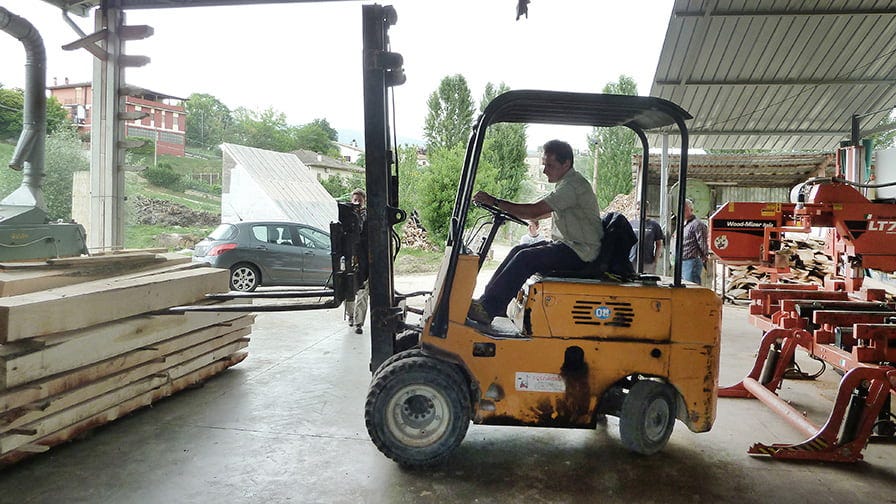

After his business’s growth due to the addition of the LT20 sawmill, Stefano decided to upgrade to a Wood-Mizer LT70 sawmill for more capacity and production capabilities. The mill features hydraulic functions that load and adjust the log position before and during cutting. The LT70 also has a helpful feature called Setworks that stores pre-set board thicknesses. With the push of a button, Stefano can ensure that his next cut will be exactly the right size without stopping to take measurements or adjust the bandsaw height manually.
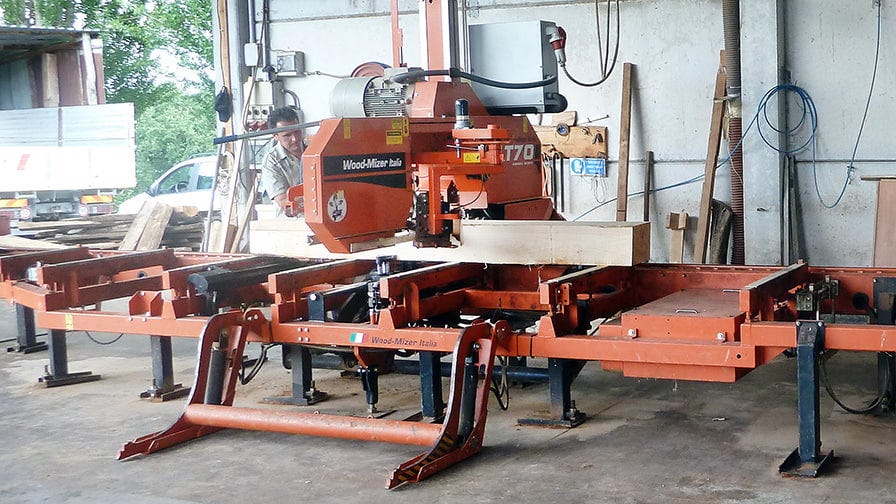

The sawmill usually operates three to eight hours daily, depending on the season and number of orders. Stefano says that if he works alone and uses a forklift to move the logs and beams, he can process 3-4 cubic meters of timber daily on the sawmill. If he has help, he can easily double his output.
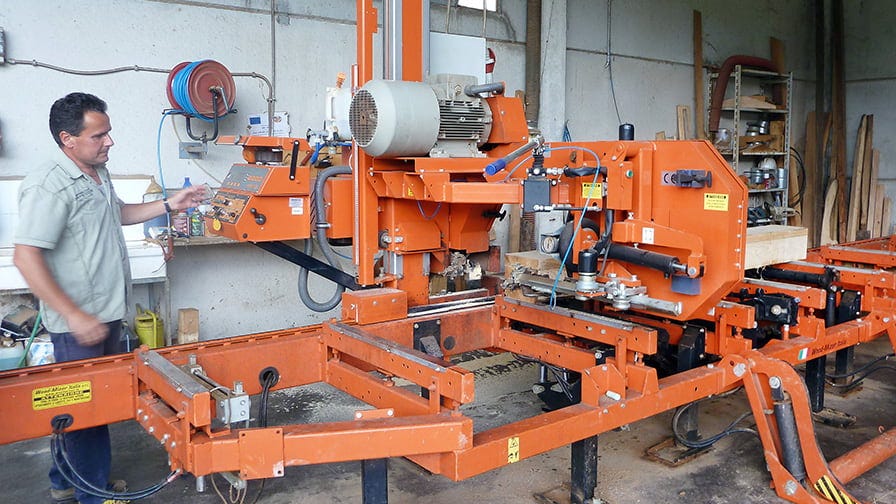

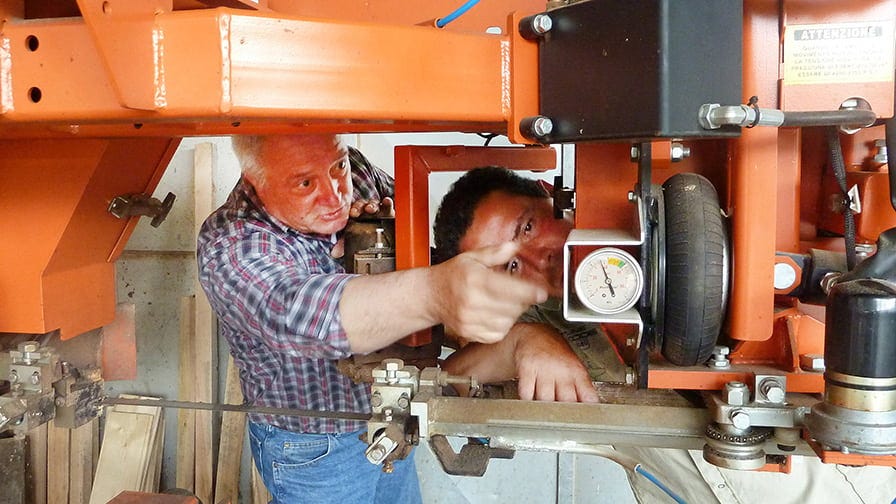

His return on investment for the sawmill was better than expected, and his operational expenses were lower.
Timber that needs to be dried is stacked in a solar dry kiln, which uses a combination of the sun's energy vents and fans to dry wood much more quickly than the air-drying method.
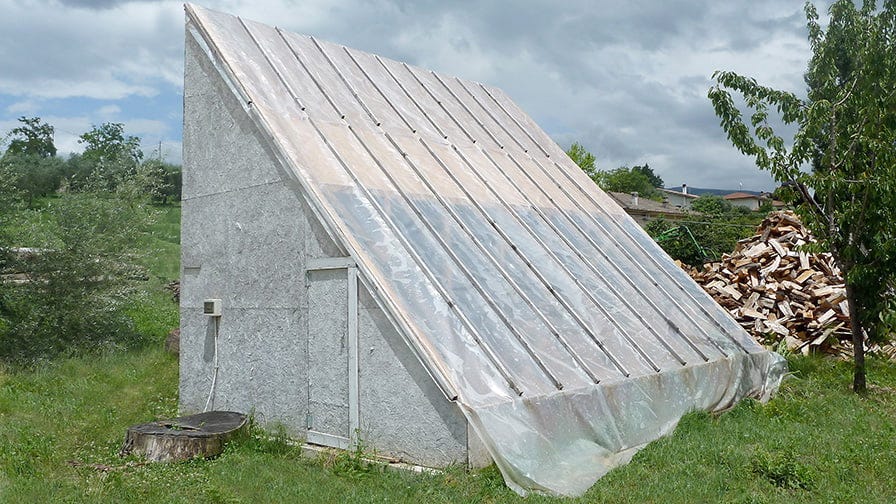

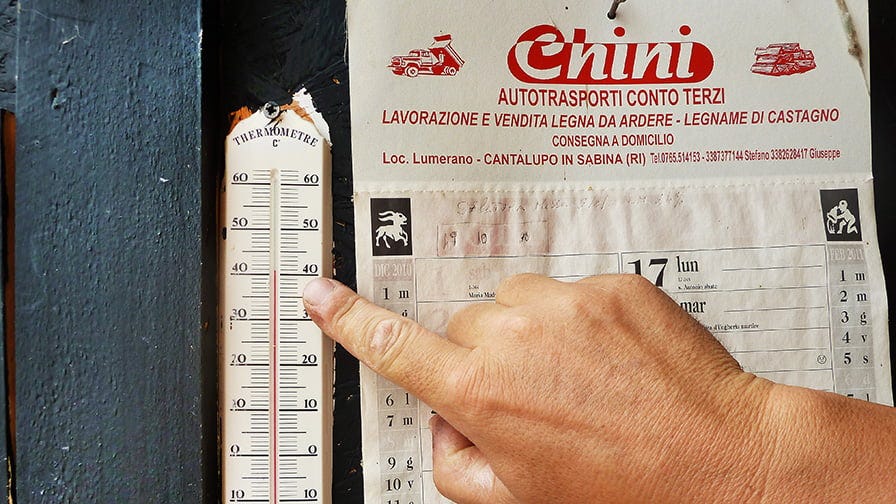

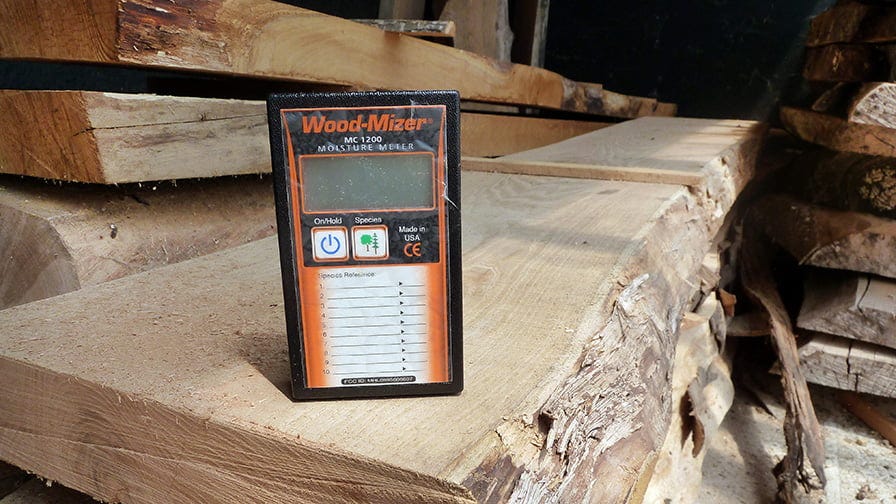

Stefano's wood is FSC certified, and although the process took time and money, he says it was worth it because it opens up many more opportunities for selling his timber for building projects. "The sawmill really saved us in many ways. If we had only been producing firewood, we would have had to close."
"My advice to others with wood businesses is to make a goal to grow but take it one step at a time. Build a solid foundation before growing too big too fast."
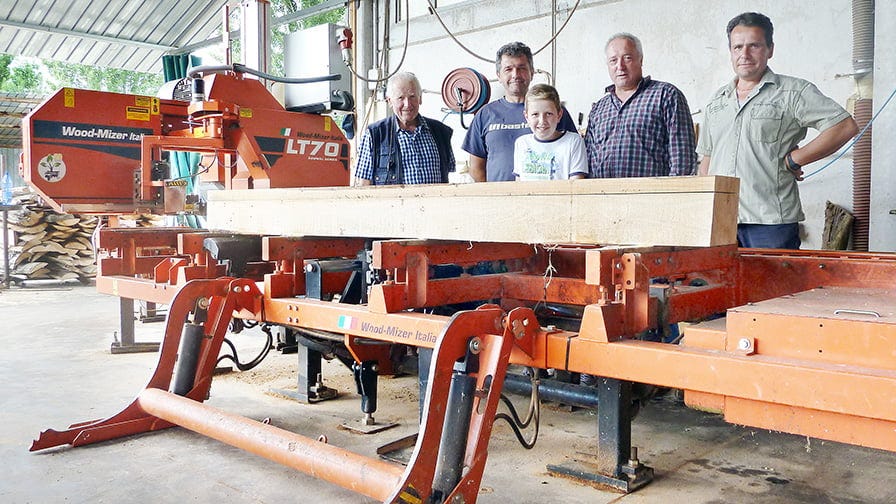

His family remains very involved in the business. His father and uncle still work with him, and his oldest son Samuele, who is 12 years old, also enjoys helping. When asked what he thinks about managing the business someday, Samuele laughs and says, "It's a lot of hard work!" But as his father, grandfather, and great-grandfather learned, he is also learning that anything of lasting value will take hard work.
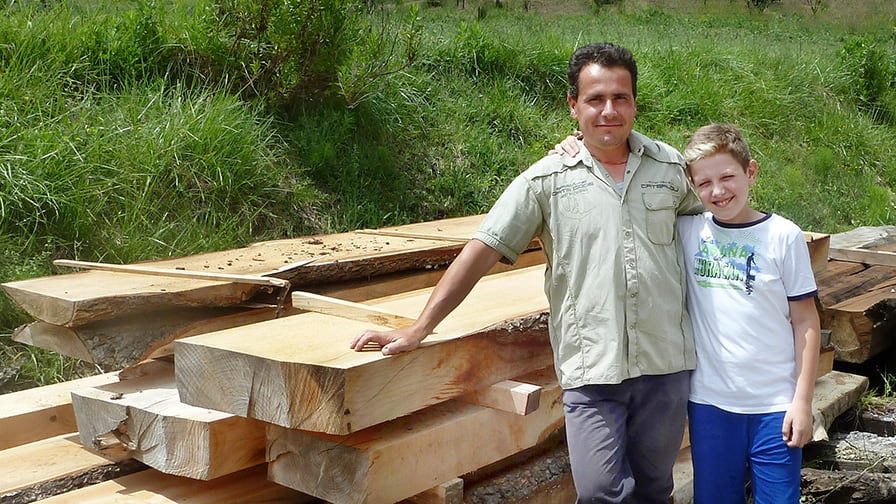

***

